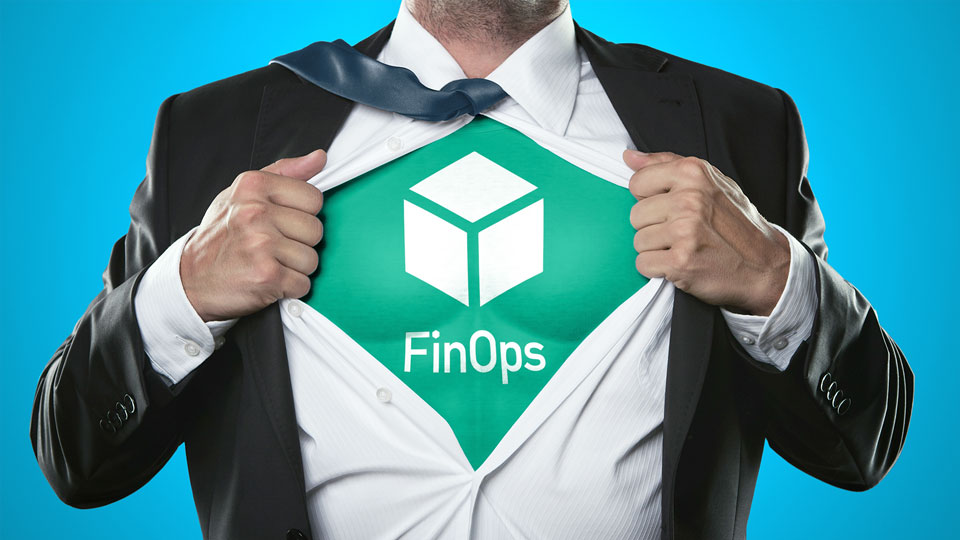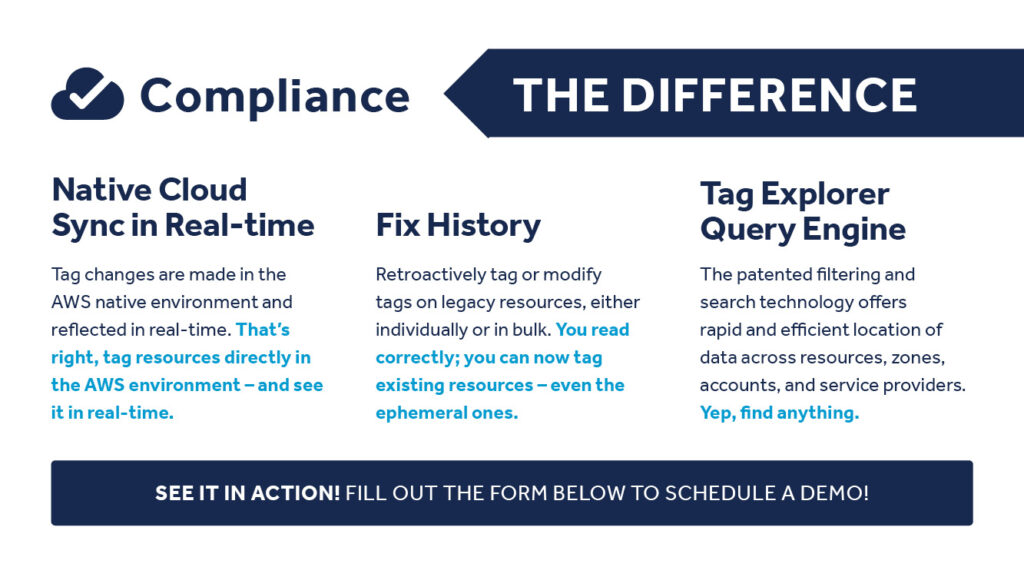“Inflation’s 40-Year High,1” shouts the headlines of the New York Times. “Brewing U.S. Housing Bubble,2” warns the Federal Reserve. “Mortgage Rates Hit 5 percent for First Time Since 2011.3” “Global Economic Uncertainty, Surging Amid War.4” Almost daily the news is full of negative financial uncertainty. Uncertainty breeds hesitancy. With the current level of economic uncertainty, what FinOps decisions should businesses be considering today?
Massive cloud migration
Recent years have witnessed an enormous migration of compute resources to the cloud. The cloud enables enterprises to provide products and services at a faster pace to a market that has become accustomed to rapid delivery. The pandemic ushered in an even larger growth in cloud migration, with the shift to remote work creating additional motivation for computing in the cloud. According to Foundry’s 2022 Cloud Computing research, 69% of companies have accelerated their cloud migration over the past 12 months, and the percentage of companies with most or all of their IT infrastructure in the cloud is expected to leap from 41% today to 63% in the next 18 months. Gartner forecasts that global cloud revenue in 2022 will reach $474 billion. Present day economic uncertainties add yet another level of urgency to computing in the cloud. Organizations must be able to respond quickly to rapid and unforeseen changes in the business landscape to remain competitive.
Why do enterprises migrate to the cloud in the first place? For the most part they do it to realize the promise of the cloud – rapid deployment, agility, innovation, unlimited scale, enhanced security, cost efficiencies and global access. Businesses compete in the marketplace. As the marketplace is increasingly impacted by cloud-based business models, enterprises gear up for the cloud environment.
Out-of-control cloud spend
Computing in the cloud has created an unforeseen surge in cloud spend, sometimes to the point of spiraling out-of-control. The variable pay-as-you-go model typical of cloud spend can make budgeting a nightmare. Since cloud services can be provisioned and launched at the push of a button, engineers, rather than procurement, create the spend through development and innovation, but with minimal financial accountability. Often when cloud spend reaches a tipping point, the brakes are abruptly applied, serving to stifle the engineers in their product development and negating the advantages of migrating to the cloud.
Cloud computing is a must for most businesses to be competitive. In fact, many businesses utilize more than one cloud service provider, their choice for a given workload is informed by the unique services each differing provider offers. But having embraced cloud computing with all its advantages, the conundrum many businesses face is that their cloud benefits are being choked by out-of-control cloud spend. In Flexera’s 2022 State of the Cloud Report, cloud enterprises estimate that as much as 32% of their cloud spend is wasted. The challenge is to optimize benefits obtained by migrating to the cloud while at the same time effectively controlling cloud spend. The FinOps methodology is designed to tackle these issues.
FinOps brings a method to the madness
FinOps is the practice of bringing financial accountability to the variable spend model of the cloud, enabling engineering and business teams to make trade-offs between speed, cost, and quality in their cloud architecture and investment decisions. The best time to adopt a FinOps practice is when you first migrate to the cloud. If an organization already has a cloud presence the best time to adopt a FinOps practice is now.
FinOps, in the fullest sense, is a cultural change within the organization, requiring different teams to collaborate in making spending decisions, especially engineering and finance. Its implementation is incremental, progressing through distinct levels of maturity that FinOps practitioners identify as “crawl, walk, run.” Relevant stakeholders in the organization work together at the front end and continuously thereafter to maintain a healthy FinOps practice that evolves with the needs of the business. One of the hallmarks of FinOps is that an organization can make rapid internal adjustments and quickly respond to changes in the marketplace.
A pitfall in transitioning to FinOps is pulling the trigger on FinOps adoption but not properly preparing for implementation. A successful transition is best achieved when a champion is enlisted to recruit stakeholders and push the process forward. This could be an individual or a team. A careful assessment of the organization’s readiness should be made. The tagging of data should be current, accurate and complete to accurately monitor the progress and effectiveness of the transition. Careful consideration should be given to the actual goal sought in adopting FinOps. The goal at the outset could be to reduce cloud spend. Once that goal is achieved, a more mature goal can be pursued such as understanding the architecture driving the cloud spend and creating automations to maintain efficiency in the architecture.
Another way
Not every enterprise sees itself as having at its disposal the necessary time or personnel to adopt a FinOps practice. While recognizing the value of FinOps, the business may hesitate, uncertain as to whether it possesses the resources to make the change. It may also worry that the comprehensive aspects of FinOps, the cultural change and new way of thinking, will be a struggle for its workforce to embrace.
The business can effectively address these concerns by proceeding along an alternative route. The organization can implement FinOps by engaging a third-party service provider to perform the heavy lifting. A skilled service provider will have a team of experts who are specially trained in optimizing cloud resources with an array of software tools designed to facilitate transitioning to FinOps. By tapping into the expertise of the third-party provider, the business can have confidence that its journey is being guided effectively. A skilled service provider will assess the business’s infrastructure and identify savings opportunities. It will provide visibility into the cloud environment enabling the business to make informed decisions more quickly. The service provider makes recommendations for rightsizing resources, deleting unused instances and cost-effective storage. It becomes a FinOps-managed service partner and relieves the business from the cost of using its own staff and resources to implement a FinOps practice. The service provider is a consulting resource and assists the business in driving the FinOps conversion.
Conclusion
The current climate of economic uncertainty creates added incentive to adopt a FinOps practice. The need to contain cloud spend, increase compute efficiencies, and eliminate waste is obvious when the economic future is subject to rapid changes in unexpected ways. Margins may be thin, leaving little to no room for miscalculation or sluggish response. Being forced to suddenly put the brakes on cloud spend without having clear visibility into the impact of that decision may cost more than adjusting infrastructure and will only serve to frustrate the competitive advantages gained by migration to the cloud.
The value of engaging a third-party service provider cannot be understated. The business draws upon the service provider’s expertise to capture significant savings without having to devote substantial resources of its own toward the adoption of a FinOps practice. An enterprise that computes in the cloud must give thoughtful consideration today to the opportunities FinOps provides both in the marketplace and on its bottom dollar.

